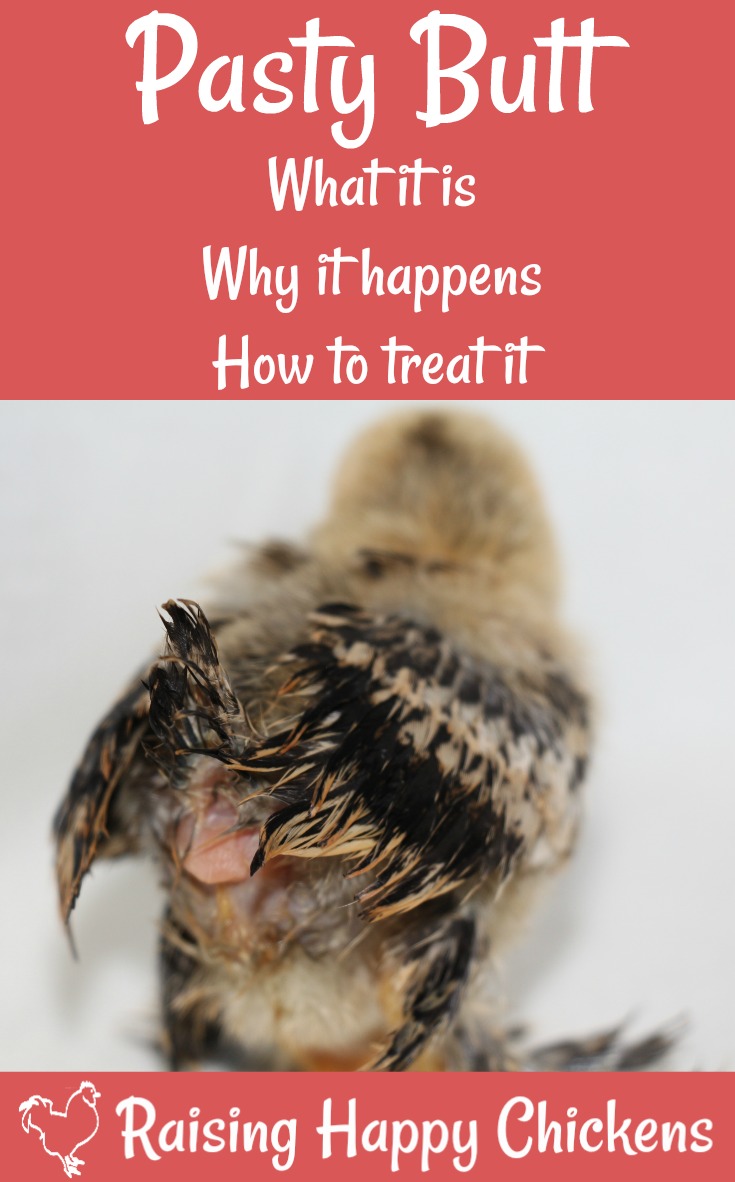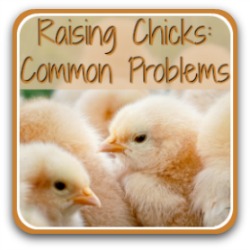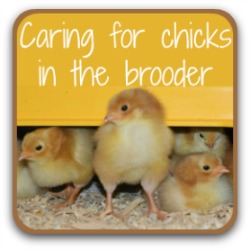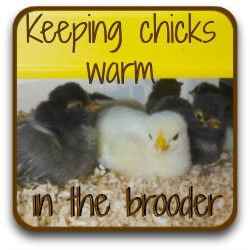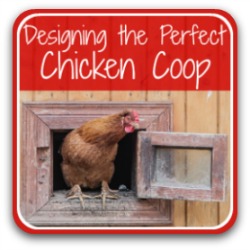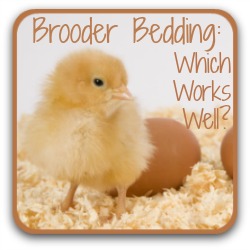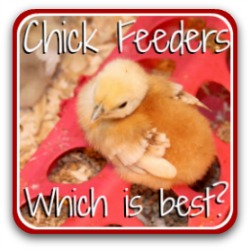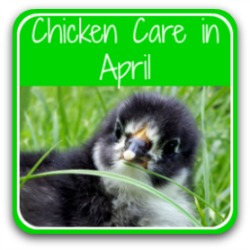- Home
- Chicks in the Brooder
- Pasty butt
Pasty Butt : What it is, who gets it and how to spot, treat and prevent it.
If you've got new baby chicks you'll probably have heard about "pasty butt". But do you have any idea what it is or how to treat it?
It's a problem you may never have to deal with - but you really do need to know about it so you're well prepared if it does happen to one of your new flock.
Why?
Because pasty butt can kill!
All the information you'll ever need about pasty butt is in this article: what it looks like, where you'll find it, how to spot it, what you need to do and how to prevent it happening again.
What exactly is pasty butt?
Pasty butt, also known as "pasted butt" or "pasting up", is when the vent hole of a chick (the place where poop comes out) becomes clogged up with hard (or 'pasty') stools.
The stools stick to the chick's downy feathers and don't come off by themselves.
The hard poop then acts like a plug and prevents other waste products getting out of the body, so they build up inside the chick's still delicate digestive system.
Fairly quickly, if not treated, the waste will send poison through the system and the chick will die.
It's as simple as that.
Who gets it?
Normally very young chicks. It's particularly common in chicks who've been sent by mail, because they're stressed and often too hot, from being left in boxes in over-heated sorting rooms.
It tends not to happen in chicks who've been hatched and raised by a broody hen. Their body temperature is well regulated by her feathers, and they are not stressed - the two biggest causes of pasty butt.
And if it does happen, the hen will take charge of making sure her babies are kept
clean and healthy.
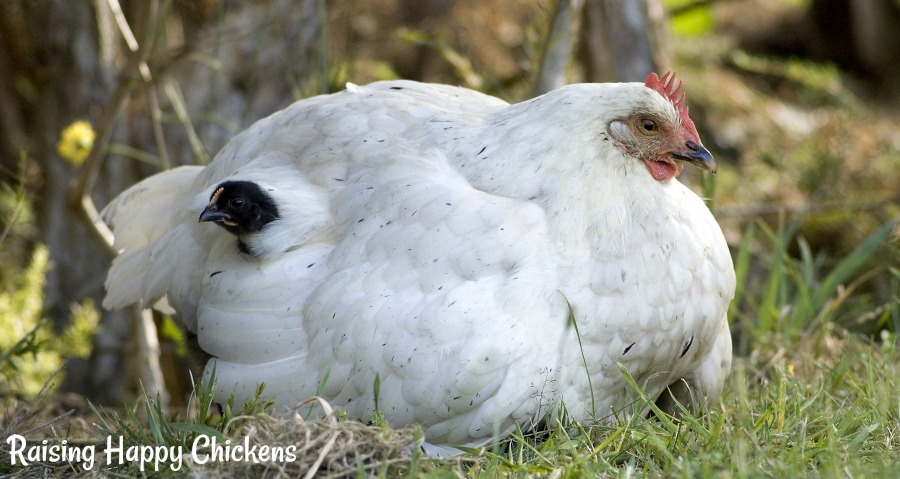 Chicks looked after by a mother hen tend not to get pasty butt.
Chicks looked after by a mother hen tend not to get pasty butt.When you've hatched in an incubator or when your chicks have come by post and are going into a brooder, you must take the place of the mother hen.
No matter how distasteful it my seem to you, you need to clean the chick up yourself - a baby chick isn't capable of doing this alone!
How to spot it.
If you have ordered your chicks to be sent by mail or you've bought from a feed store, you need to check each one of them as soon as you receive them. As you're putting them into your brooder box is a good opportunity.
If you've
hatched in an incubator, check each chick as you transfer it from incubator to brooder box.
In
either case, the signs are exactly the same. Hold the chick between
your thumb and first or second finger. Turn it over and look at its
behind. If it has pasty butt you'll spot it straight away - a matted
lump of usually dark brown stools attached to its backside.
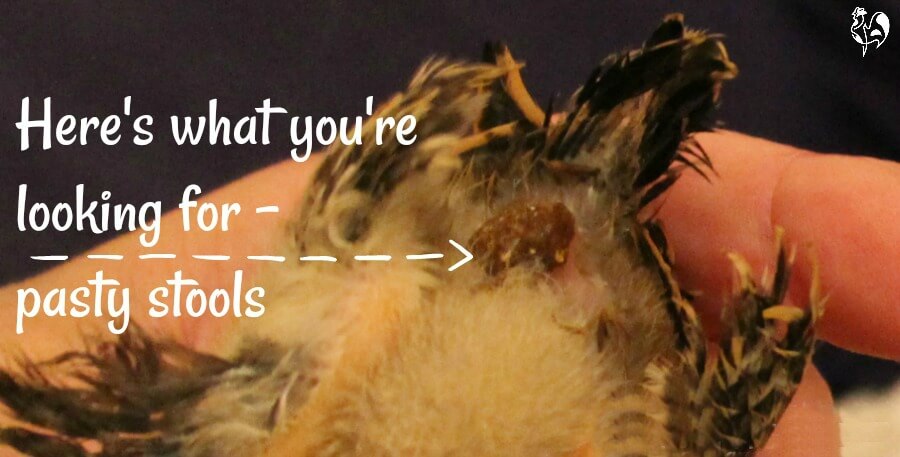
You need to check your chicks regularly - pasty butt is most common in
the first week or two of a chick's life as it becomes used to its surroundings
and food.
Some symptoms you might see in affected chicks are :
- Lethargy - chick seems to be weaker than the others
- No or slow growth
- Not eating or drinking
- Not sleeping
- Protruding vent
- but it's really better to catch it before it gets to this stage.
I can see two holes - which one is the vent?
Don't confuse the vent with the chick's belly button and umbilical chord. The vent is immediately below the tail feathers.
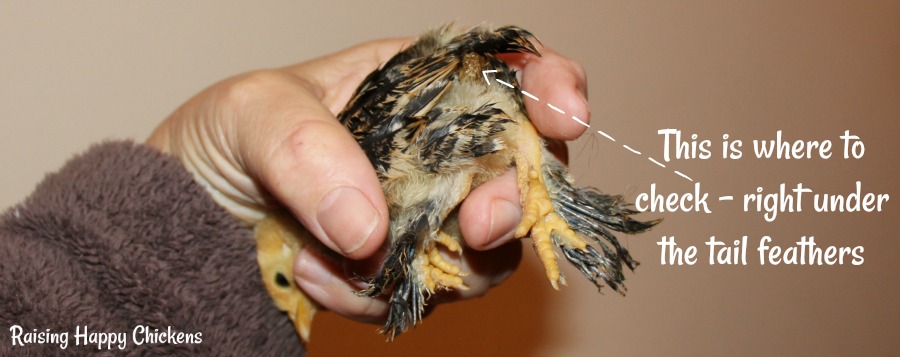 You can just see the pasted butt of this baby chick, immediately under the tail feathers.
You can just see the pasted butt of this baby chick, immediately under the tail feathers.The
belly button is higher up, between the vent and the chick's legs. You
may see a raised reddish or pinky coloured bump which is caused by the yolk the
chick has absorbed immediately before hatch.
The umbilical chord -
exactly as in a human baby - comes from the belly button. The chord
itself will look like a piece of dark coloured cotton.
If you see that in a chick, don't touch it - you risk (not to put too fine a point on it) pulling the chick's bowels out. It will drop off by itself in a day or two.
What causes pasty butt?
There can be a number of factors. You need to
assess your own situation to decide which is most likely and therefore
what you need to do about it.
Stress: Chicks sent by post frequently experience stress, as do chicks who don't have enough space in their incubator or chicks who are frightened by - for example - loud noises or frequent handling, particularly by over-eager children.
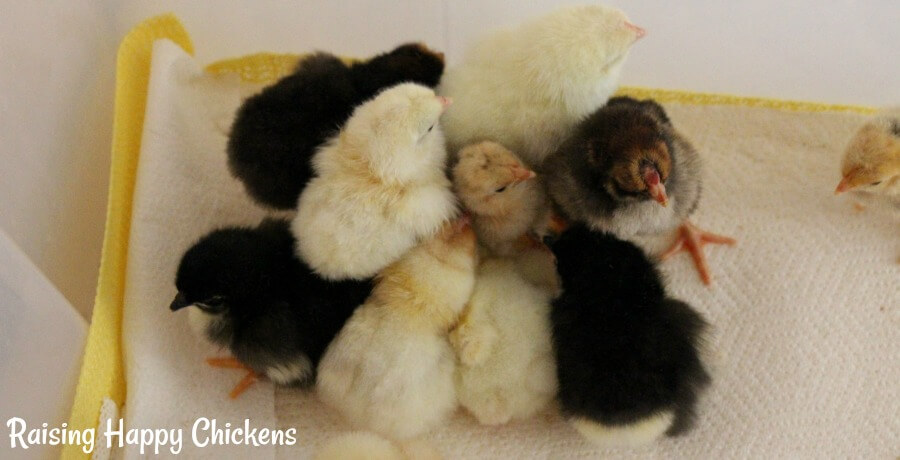 These day old chicks were huddled together in the brooder due to the stress of a new situation.
These day old chicks were huddled together in the brooder due to the stress of a new situation.Cold: Chicks who are chilled can develop pasty butt. Often, chicks sent by post will experience this as they go through various stages of delivery in different locations and can sometimes be left hanging around in cold depots for several hours.
This article deals with how to know whether your chicks are too hot or too cold in their brooder - and what to do about it.
Heat: Overheated chicks can develop pasty butt. This is most common in brooders with hanging heat lamps, particularly if the chicks are crowded together and don't have enough space to move away from the heat source.
Food: Chicks are cute. Inevitably, you'll want to give them treats. But chicks who are a day or two old can't process anything other than a good quality chick starter feed.
How to treat it?
You need to remove the hardened poop with as little damage to the chick's down as possible. Being too rough can pull out the down which can make the chick chill very quickly - and cold can kill them.
Here's a step by step guide to treatment as I deal with it - it may be gross, but it's not difficult!
I make sure I wear disposable gloves for this both to make sure I don't transmit any bacteria to the chick and to make sure the chick doesn't give me any!
If you haven't got disposable gloves to hand, just make sure to wash your hands thoroughly before and after.
You'll need :
- The chick
- Some disposable gloves
- Warm, running water
- Some cotton wool or cotton buds
- Some Vaseline (petroleum jelly) on standby.
1. Hold the chick between your thumb and forefinger with its butt pointing outwards.
2. The chick will not like this - who would? Ignore the cheeping - she doesn't understand it's for her own good!
3. Run the chick's butt under lukewarm water - NOT cold. Make sure the stream isn't too fast.
4. At the same time, very gently wipe the poop with a piece of cotton wool or a cotton bud.
5. This may take some time if the poop is very hard. Work as quickly as you can, but don't be tempted to pull - you'll pull the downy feathers away which will hurt and run the risk that she'll chill.
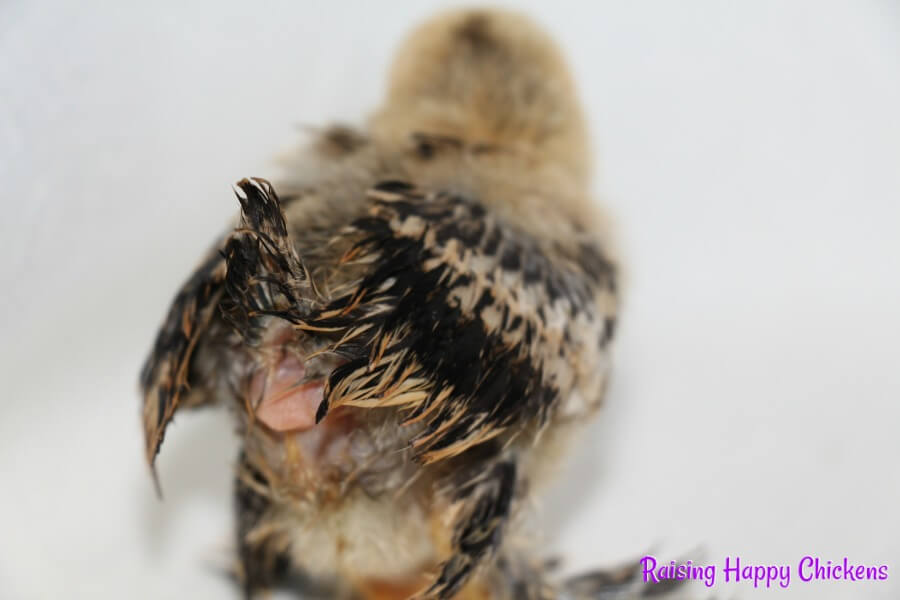 A pasted butt, once cleaned, will show a nice, pink vent.
A pasted butt, once cleaned, will show a nice, pink vent.6. Once all the poop is gone, wrap the chick in a towel to dry off the worst of the water.
7.
Now put your hair dryer on a slow setting and on warm - not hot. Use
it to dry wherever the chick has got wet, in particular its butt. The
chick needs to fluff up again before you put her back into the brooder.
8. Using a hair dryer I've found very effective in hiding the
redness of the backside from other chicks. Red attracts pecking and if
the chick is left with a large red area exposed, chances are she'll be
pecked.
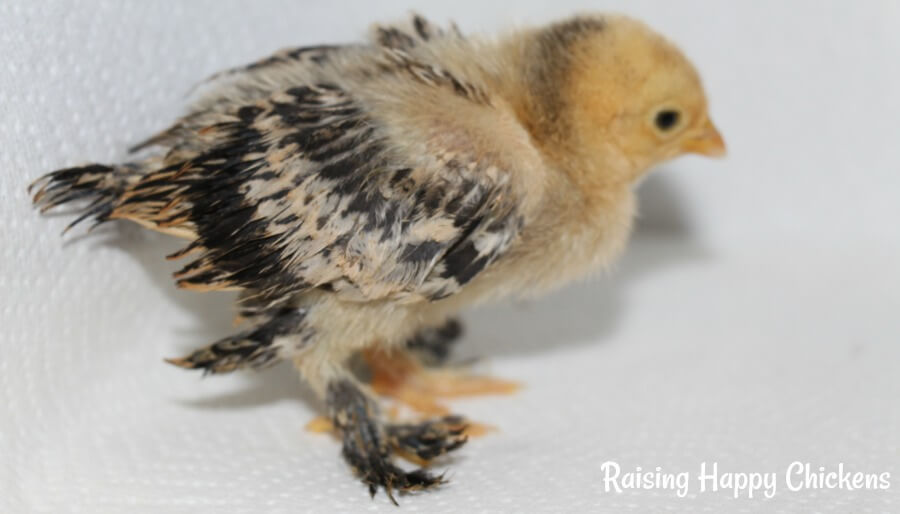 All fluffed up with a blow-dry and ready to go back into the brooder.
All fluffed up with a blow-dry and ready to go back into the brooder.9. If pasty butt happens regularly and the area looks
very sore, gently putting some petroleum jelly (I use Vaseline) on the
area can help. I don't use olive or vegetable oil which some people
recommend. It can turn rancid in the heat of a brooder.
10. If
a number of chicks have pasty butt, or if one chick gets it regularly,
check out the reason (or reasons) it happens and take steps to prevent
it. It should stop by the time the chicks are a week old.
Prevention.
No matter how you try to avoid it, some of your chicks are likely to get pasty butt at some point. You can try to make sure they don't, by following some simple guidelines.
1. Brooder temperature: Newly hatched chicks can become chilled or too hot very quickly, and both can kill. For the first week post-hatch your brooder box needs to be maintained at a temperature of around 32 - 35ºC (90 - 95ºF).
2. Learn to spot chilling or over-heating: You don't necessarily need a thermometer to tell whether your brooder is too hot or too cold. Your chicks will tell you. See this article to learn how, and what to do about it.
3. Use a good quality heat source: I use Brinsea heat lamps, which provide radiant heat - see my review of the small and large EcoGlows here. They provide just enough warmth for chicks without ever running the risk of burning them - or their brooder box.
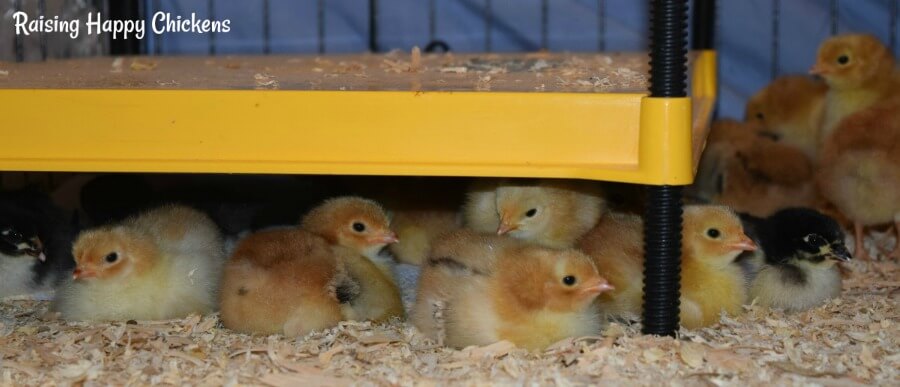 My chicks love their Brinsea EcoGlow 50 heat lamp!
My chicks love their Brinsea EcoGlow 50 heat lamp!4. Avoid stressful situations: If you've bought day old chicks, either from a store or by mail, get them into a nice warm brooder as soon as you receive them - and make sure your delivery service knows not to leave them standing in a depot.
5. Give them enough space: You will be amazed how quickly chicks grow. For the first week in the brooder box each chick will need about half a square foot of space - the chicks' behaviour is your best indicator of whether they have enough.
6. Food and water: Make sure your chicks have access to clean, fresh water. Don't be tempted to feed them any grain at such an early stage except for a good quality chick starter.
7. Treats: If and when you do start to give your chicks treats, make sure they have some grit. Chicks (this goes for adult chickens too) don't have teeth - they need grit to help them grind up any food other than chick feed.
- Top Tip: For baby chicks, grit can be as simple as sand, a clump of weeds with soil still attached, or alternatively a fine grit from the feed store.
- Don't mix it in with their food, provide it in a separate dish - the chicks will instinctively take what they need.
- Don't mix this up with oyster shell - that's for chickens who've started to lay only. Giving it to young chicks will damage their kidneys.
8. Hard boiled egg: If pasty butt continues, try giving your chicks a little hard boiled egg, well mashed up, making sure they also have access to grit. But remember that above all, you need to identify what's causing the pasty butt in the first place.
Chicks in the brooder: providing grit to prevent pasty butt.
This is a short, entertaining video of some of my week-old chicks, the first time they saw sweetcorn. Note the bowl of grit at the back of the brooder - chicks will take it instinctively as soon as they start eating anything other than basic chick feed.
If you've enjoyed this article you might find these of interest, too.
- Home
- Chicks in the Brooder
- Pasty butt
